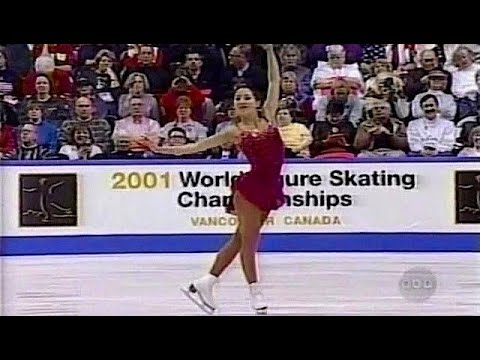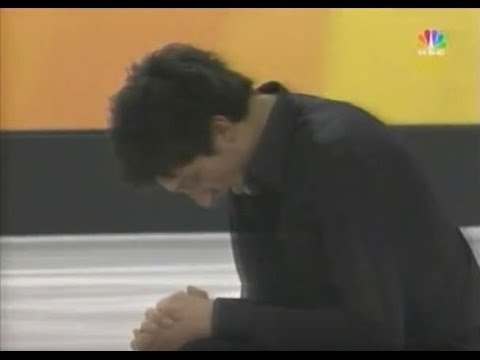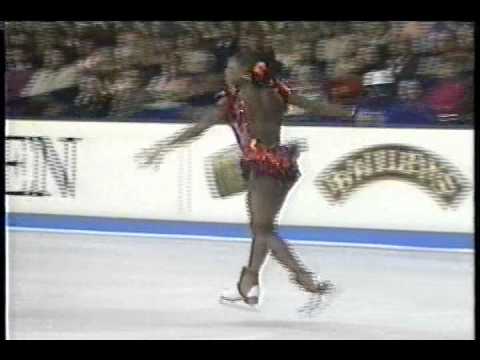Sylvia
Flight #5342: I Will Remember You
- Messages
- 84,692
There are toe walley threads in the Archives so here's a new thread. 
ETA - found an old post of mine in the Archives:
A Walley is done off a back inside edge without a toe assist -- for counterclockwise rotators it would be a RBI edge entry and landing on the RBO edge.
From the now-defunct Skateweb:
"BO edge, counter rotation, no toe: toeless lutz (rare)"

Walley is an edge jump that takes off the back inside edge. We see single walleys now and then as a connecting move -- it is not a "listed jump" in the IJS scale of values.
Toe walleys, like toe loops, are toe jumps.
Toe walley would generally be done by turning a FO three and then putting the other foot down onto an inside edge rather than an outside edge as for a toe loop from the FO three entry. In either case, the skater would then pick with the now-free foot.
However, most examples we see in competition the skater actually did step onto a back outside edge, so it really was a toe loop after all.
Hence the decision early in the history of the Zayak rule to consider toe walley and toe loop the same jump for purposes of allowed repetitions.
I don't know offhand of a good example of a true triple toe walley.
Here is a clear example of a single toe walley off an obvious inside edge, without a turn preceding.
And here is a video showing half toe walley, single toe walley (with the preceding three turn and change of foot, but shallow/unclear takeoff edge), and single walley, to show the difference between toe walley and walley.
How to teach a walley in 10 minutes: https://www.youtube.com/watch?v=A0lA15RW8gwIt's correctly spelled "walley" after the inventor, Nathaniel Walley.
If you search youtube for "walley jump" you can find several videos demonstrating the (single) jump.
When I have more time, maybe in a more relevant thread, I could find some good examples of single walleys in elite programs.
ETA - found an old post of mine in the Archives:
A Walley is done off a back inside edge without a toe assist -- for counterclockwise rotators it would be a RBI edge entry and landing on the RBO edge.
From the now-defunct Skateweb:
"BO edge, counter rotation, no toe: toeless lutz (rare)"
Last edited:






